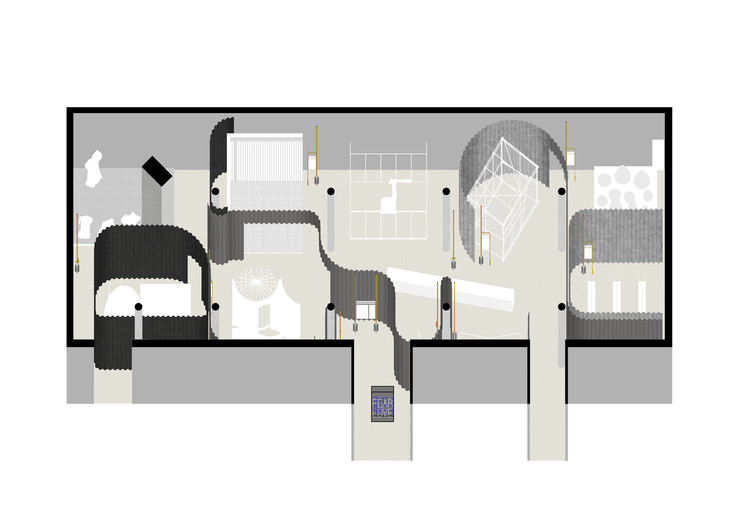In recent years, there has been an increased emphasis on sustainability in the events business, which includes exhibits. As businesses become more aware of their environmental effect, there is a growing need for sustainable exhibition design methods that limit waste, decrease energy use, and encourage eco-friendly activities. In this post, we will look at several fundamental ideas for creating sustainable exhibits that emphasise environmental responsibility without sacrificing quality or effect.
1. Sustainability in Exhibition Design
Sustainable exhibition design involves producing events that reduce their environmental impact while still providing compelling and impactful experiences for guests. From booth materials to energy use, every part of the exhibition design process may be improved for sustainability. Businesses that collaborate with a skilled exhibition design agency may employ sustainable practices and contribute to a greener future.
2. Select Sustainable Materials
One of the most important aspects of sustainable exhibition design is the selection of materials for booth construction and display. Whenever feasible, choose renewable, recyclable, or biodegradable materials. Avoid single-use plastics and instead use recycled cardboard, bamboo, or sustainable wood. Additionally, consider adopting modular booth solutions that can be reused and altered for future events.
3. Minimise Waste
Waste reduction is another critical component of sustainable display design. Plan beforehand to reduce trash created during the event, from booth installation to deconstruction. Choose suppliers and vendors who sell reusable or recyclable materials and goods, and urge guests to dispose of garbage properly by placing recycling and composting bins throughout the site.
4. Embrace Energy Efficiency
Energy consumption contributes significantly to exhibits’ environmental impact. To save energy, use energy-efficient lighting and audiovisual equipment, such as LED lights and low-power displays. Design your booth arrangement to optimise natural light and ventilation, hence decreasing the need for artificial lighting and air conditioning. Consider employing alternative energy sources, such as solar panels, to power your exhibit wherever practical.
5. Promote Sustainable Transportation
Encourage guests to use sustainable modes of transportation to get to the event, such as public transit, cycling, or carpooling. Provide information about public transport routes and bike parking facilities near the site, as well as incentives for guests who pick environmentally friendly travel alternatives, such as discounted entry or free prizes.
6. Educate and Inspire
Sustainable exhibitions are a fantastic way to educate and excite visitors about environmental challenges and the value of sustainability. They can include interactive exhibits, workshops, and lectures that promote environmentally responsible behaviours and solutions. They can also display new technology and projects that demonstrate your commitment to sustainability and motivate others to act.
7. Measure and Improve
After the event, assess the performance of your sustainable exhibition design efforts using important indicators such as trash diversion rates, energy savings, and attendance comments. Use this information to discover areas for improvement and tailor your plans for future events. To lower your environmental effect, continue to develop and implement new sustainable practices.
Conclusion
Sustainable exhibition design is an important issue for firms who want to reduce their environmental impact and encourage eco-friendly practices. Businesses may create ecologically responsible and meaningful exhibitions by using sustainable materials, reducing waste, adopting energy efficiency, supporting sustainable mobility, educating and motivating audiences, and evaluating and improving performance. Partnering with an experienced exhibition design studio may give essential insight and help in applying sustainable practices and designing events that have a good environmental impact.

